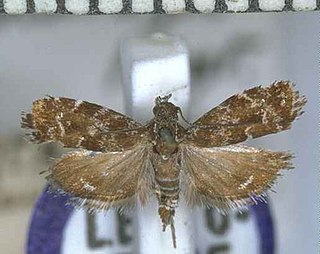
Asterivora analoga is a moth of the family Choreutidae. It is endemic to New Zealand and has been observed in both the North and South Islands. Adults are on the wing in December and January.
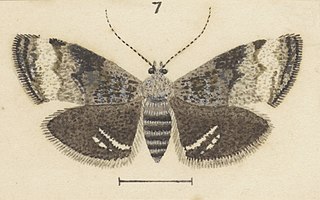
Asterivora albifasciata is a species of moth in the family Choreutidae. It is endemic to New Zealand and has been observed on both the North and South Islands. The adults of this species are on the wing in December and January. Larvae of this species have been raised on Celmisia brevifolia.
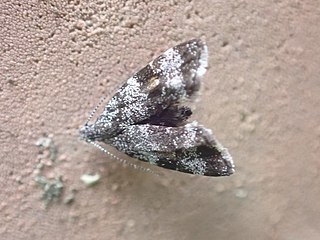
Asterivora antigrapha is a moth in the family Choreutidae. It is endemic to New Zealand and has been observed in the North and South Island. This species inhabits the edge of scrubland. The adults are on the wing in November and December. This species can be found flying the day. It has been hypothesised that this species hibernates over winter.

Asterivora barbigera is a moth in the family Choreutidae. It is endemic to New Zealand and is found in the southern half of the South Island. It inhabits open mountain sides and adults are on the wing in November to January.

Asterivora chatuidea is a moth of the family Choreutidae. It is endemic to New Zealand and has been collected in and around Dunedin. The larvae of this species are leaf miners and hosts include Helichrysum lanceolatum, Olearia quinquevulnera and Pseudognaphalium luteoalbum. Adults of this species has been recorded as being on the wing in November, January and February.

Asterivora colpota is a moth in the family Choreutidae. It was first described by Edward Meyrick in 1911. It is endemic to New Zealand and is found throughout the North and South Islands. It is regarded as a lowland species and adults are on the wing from November until March. This moth has been collected by beating shrubs.

Asterivora exocha is a species of moth in the family Choreutidae. It was first described by Edward Meyrick in 1907 and is endemic to New Zealand. This species has only been observed in the Humboldt Ranges of Otago and inhabits subalpine native bush at elevations of around 3600 ft. Adults of this species are on the wing in December and January and have been observed flying at dusk.

Asterivora fasciata is a species of moth in the family Choreutidae. It is endemic to New Zealand and has been found at Arthur's Pass. The larvae of this species have been reared on Celmisia densiflora and adults are on the wing in January.
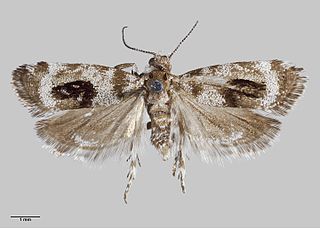
Asterivora inspoliata is a species of moth in the family Choreutidae. It is endemic to New Zealand and has been found in the southern parts of the South Island. Adults are on the wing in December and January.

Asterivora iochondra is a species of moth in the family Choreutidae. It is endemic to New Zealand and was first described by Edward Meyrick in 1911. This species has been observed in both the North and South Island at Mount Holdsworth and Mount Arthur. This species inhabits open spaces on mountains on the forest edge at 3000 ft altitude. Adults of this species are on the wing in February and flies rapidly in sunshine.
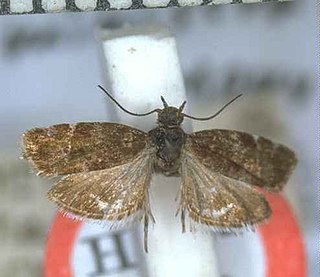
Asterivora ministra is a species of moth in the family Choreutidae. It is endemic to New Zealand and has been observed at Mount Holdsworth and Mount Arthur. This species inhabits alpine native herbage above the tree line. The adults are on the wing in February.
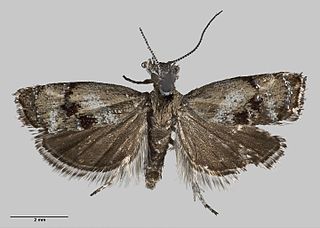
Asterivora urbana is a species of moth in the family Choreutidae. It is endemic to New Zealand and has been observed in Arthur's Pass. Adults are on the wing in January.

Asterivora nivescens is a species of moth in the family Choreutidae. It is endemic to New Zealand and has been observed in Nelson. This species inhabits native herbage on mountain sides. Adults of this species are on the wing in January.

Asterivora tillyardi is a species of moth in the family Choreutidae. It is endemic to New Zealand and collected at Aoraki / Mount Cook. Adults of this species are on the wing in March.
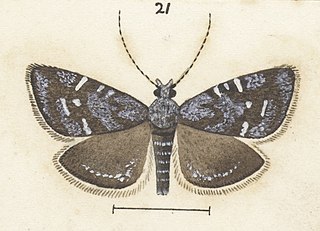
Asterivora symbolaea is a species of moth in the family Choreutidae. It is endemic to New Zealand and has been observed in Arthur's Pass. This species lives in subalpine habitat. Adults of this is on the wing in January and February. Larvae are hosted by Celmisia prorepens.

Tingena aurata is a species of moth in the family Oecophoridae. It is endemic to New Zealand. The adults of the species are on the wing in November and December.
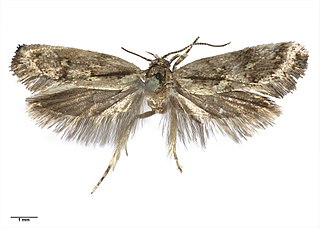
Tingena lassa is a species of moth in the family Oecophoridae. It is endemic to New Zealand and has been observed in Otago. It frequents both subalpine habitat at altitudes up to 1100 meters down to sea level residential areas. This species' resting place on rock walls has frequently been spotted. Around November and December, you can see this species' adults flying.
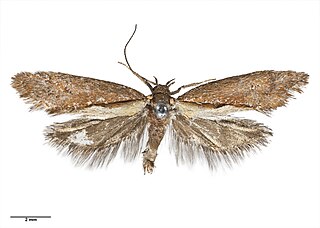
Tingena laudata is a species of moth in the family Oecophoridae. It is endemic to New Zealand and has been observed in Fiordland and Otago. Adults of this species are on the wing in January.
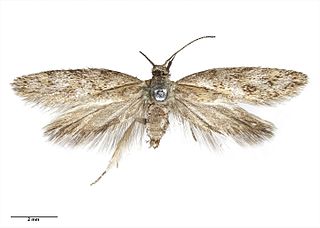
Tingena levicula is a species of moth in the family Oecophoridae. It is endemic to New Zealand.

Trachypepla minuta is a moth of the family Oecophoridae first described by Alfred Philpott in 1931. It is endemic to New Zealand and has been collected in Auckland. Adults of this species are on the wing in December. It is distinguishable from similar species as it is smaller in size and darker in appearance than other species in the genus Trachypepla.





















